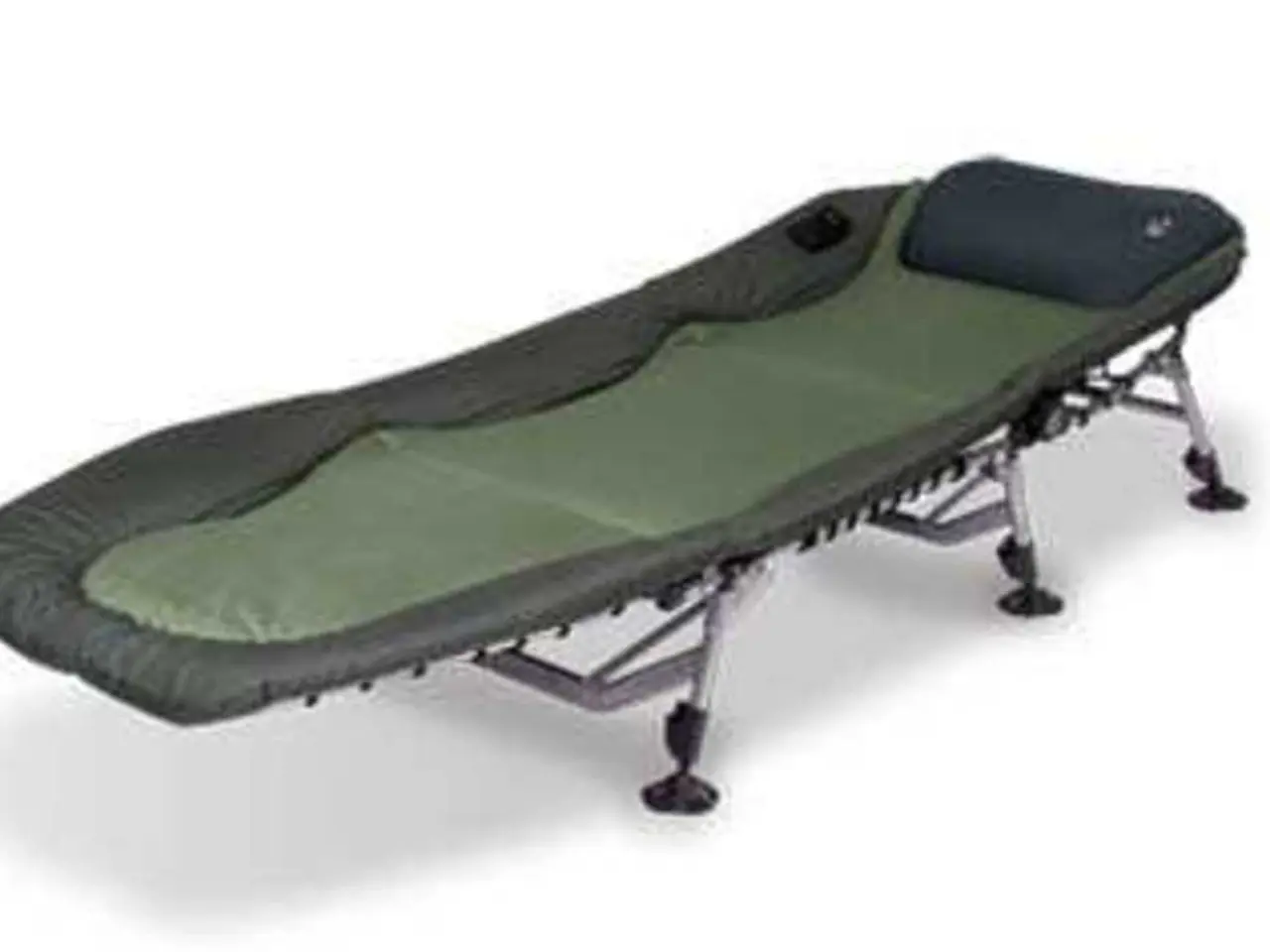Various Methods of Artificial Knee Installation
In the realm of orthopedic surgery, two common procedures stand out: Total Knee Replacement (TKR) and Partial Knee Replacement (PKR). Both procedures aim to alleviate knee pain and improve mobility, but they differ significantly in their approach, risks, and recovery times.
Partial Knee Replacement (PKR)
Partial knee replacements are designed to address damage confined to a single part of the knee. This procedure replaces only the damaged compartment, typically the medial side, while preserving healthy bone, cartilage, and ligaments. Suitable for younger and more active individuals, PKR involves a smaller incision, less blood loss, and aims to retain more natural knee movement.
After the joint has been inspected and confirmed for the partial replacement, a surgeon will typically perform basic steps, including preparing the bone, measuring the bone size, positioning the implants, and inserting a spacer between the components. Post-surgery, patients may be discharged or may have to stay overnight, and they may be able to put weight on their knee immediately.
Total Knee Replacement (TKR)
Total knee replacements replace all three compartments of the knee, making it appropriate when arthritis or damage affects multiple parts of the knee or is severe. This procedure involves a larger incision and longer surgery time.
After a total knee replacement, a person usually stays at the hospital overnight or for a few days. Physical therapy typically follows surgery, with people encouraged to continue exercising at home.
Risks and Complications
Both surgeries share some risks, but overall complication rates are low (below 5%). Possible risks include infection, blood clots (deep vein thrombosis), bleeding, nerve or ligament damage, fractures around the implant, and anesthesia-related complications. TKR, being more invasive, carries somewhat higher risks of blood loss and complications due to the larger surgical area.
Recovery Times
Partial knee replacement generally allows a quicker recovery, with patients often walking the same day, needing walking aids for a shorter duration, and resuming most activities within 4 to 6 weeks. In contrast, total knee replacement recovery is longer; patients also often walk the same day but may need 8 to 12 weeks or more to regain function and strength. Driving is usually possible within 4 to 6 weeks, but full recovery can extend up to several months or even two years to regain complete strength.
Choosing Between PKR and TKR
In choosing between PKR and TKR, an orthopedic surgeon considers the extent of knee damage, patient age, activity level, and goals to tailor treatment effectively. Total knee replacements are recommended when arthritis is present in multiple areas of the knee and other treatments have been ineffective.
In modern times, techniques like robotic-assisted surgery exist for both types, potentially improving implant positioning and recovery, but their suitability depends on the individual patient.
The American Academy of Orthopaedic Surgeons (AAOS) states that total knee replacement typically involves four basic steps: preparing the bone, positioning implants, resurfacing the patella (if necessary), and inserting a spacer between the components. They also mention that 15 years after surgery, 90% of modern total knee replacements are still working well. People typically resume daily living activities 3-6 weeks post-surgery and can drive 4-6 weeks post-surgery. Full recovery and return to more intense activity can take several months or longer.
| Aspect | Partial Knee Replacement (PKR) | Total Knee Replacement (TKR) | |--------------------|---------------------------------------------|--------------------------------------------| | Knee area replaced | Single compartment (usually medial side) | All compartments (medial, lateral, patellar) | | Procedure | Smaller incision, less invasive | Larger incision, more invasive | | Suitable for | Localized knee damage, younger, active | Extensive or multifocal knee damage, older or severe cases | | Recovery time | 4–6 weeks for most activities | 8–12 weeks or more for most activities, full strength may take months to years | | Risks | Lower blood loss, fewer complications | Higher blood loss, more potential complications (infection, blood clots) | | Knee function | More natural post-op movement | Significant pain relief and improved mobility for severe arthritis |
In conclusion, understanding the key differences between total and partial knee replacements can help patients make informed decisions about their treatment options. Consulting with an orthopedic surgeon is essential to determine the most suitable procedure based on individual needs and circumstances.
- The American Academy of Orthopaedic Surgeons (AAOS) states that the steps for performing a total knee replacement can include preparing the bone, positioning implants, resurfacing the patella (if necessary), and inserting a spacer between the components.
- Suitable for individuals with localized knee damage, partial knee replacements replace only the damaged compartment, typically the medial side, while conserving healthy bone, cartilage, and ligaments.
- Being more invasive and replacing all three knee compartments, total knee replacements carry somewhat higher risks of blood loss and potential complications (such as infection, blood clots, and nerve or ligament damage) compared to partial knee replacements.




